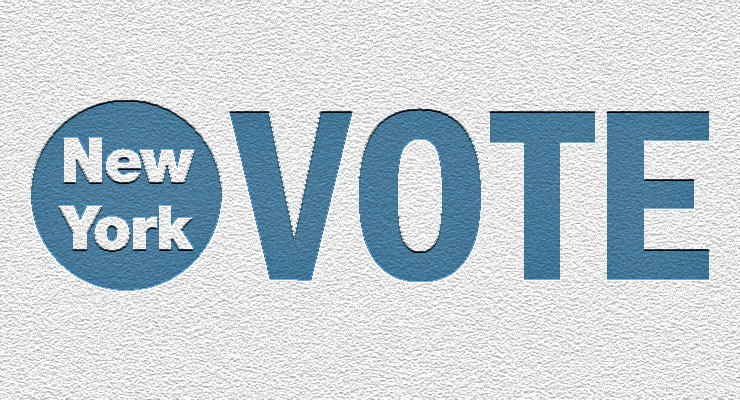 This article by Eric Lach is published by The New Yorker. Here is an excerpt:
This article by Eric Lach is published by The New Yorker. Here is an excerpt:
Even in a state that has long been considered, by those who keep track of such things, one of the worst in the country when it comes to election administration—the basic civic business of collecting and counting votes—New York City stands out. For decades, its Board of Elections, ten commissioners and hundreds of employees appointed by local political-party leaders, has been accused of mismanagement, corruption, nepotism, and outright incompetence. In 1971, the Times’ editorial page described the board as being “at best a semi‐functioning anachronism.” The description still applies. This week, the whole country found out why.
On Tuesday, the board released partial results of the Democratic Party’s mayoral primary. The numbers revealed a tight race between Eric Adams, the Brooklyn borough president, and Kathryn Garcia, the longtime city bureaucrat. But something was off. On Election Night, the board had released even-more-partial results, which showed that eight hundred thousand New Yorkers had voted in person during the primary. This week, the numbers showed that some nine hundred and forty thousand had. Hours of confusion followed. Eventually, the board took down the results from its Web site and issued a statement resembling an explanation. A hundred and thirty five thousand “ballot images used for testing” had not been “cleared” from the computer program used to crunch the numbers, and had been accidentally included in the results when the “cast vote records were extracted,” the statement said. “The Board apologizes for the error and has taken immediate measures to ensure the most accurate up to date results are reported.”
The error was fixable, and relatively small, but it stirred up many preëxisting anxieties and concerns about New York’s elections, and American elections in general. This year, New York City used ranked-choice voting for the first time, which meant that voters were able to choose up to five candidates for mayor, in order of preference. Advocates of ranked-choice voting say that the system encourages civil political debate, by incentivizing candidates to maintain broad appeal among the electorate. Officials had also built more time into its vote-counting process, to allow for absentee ballots to arrive by mail after Election Day, and to give voters the opportunity to “cure” small errors on ballots that, in the past, would have been tossed out. These changes had been implemented with the goal of enfranchising as many people as possible. But they also meant that some three weeks would elapse between Election Day and the announcing of the final results.
Read the full article here.
Leave a Reply